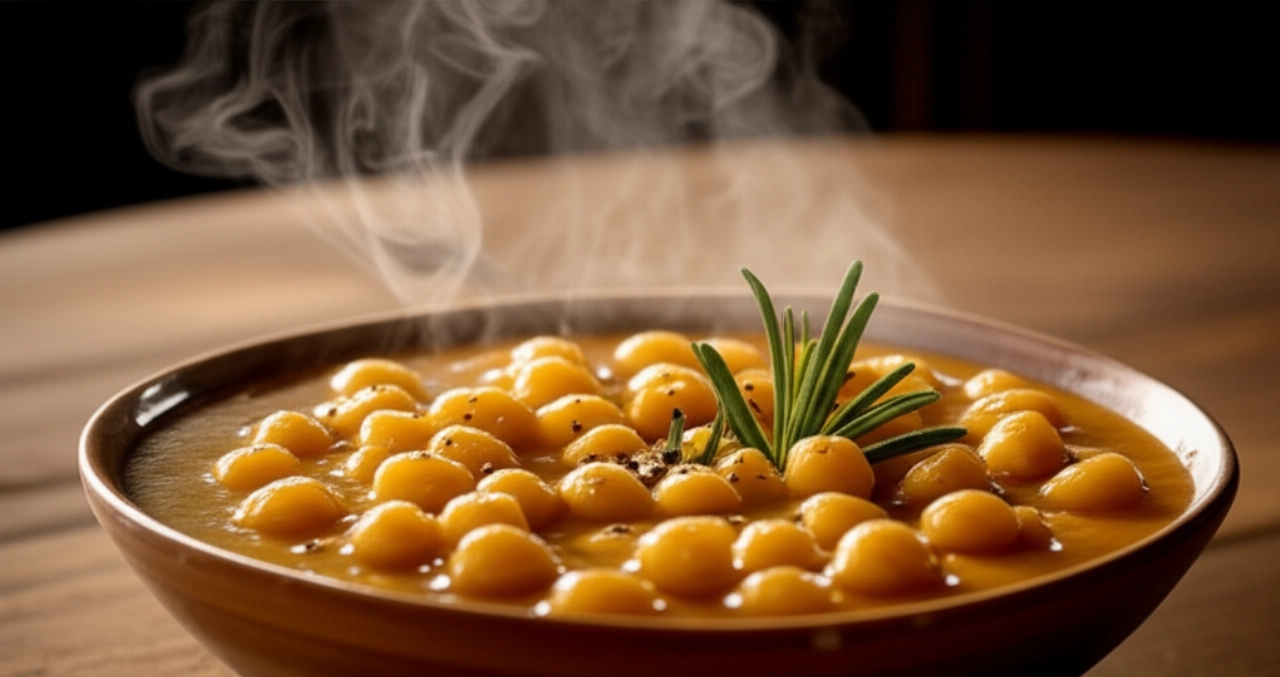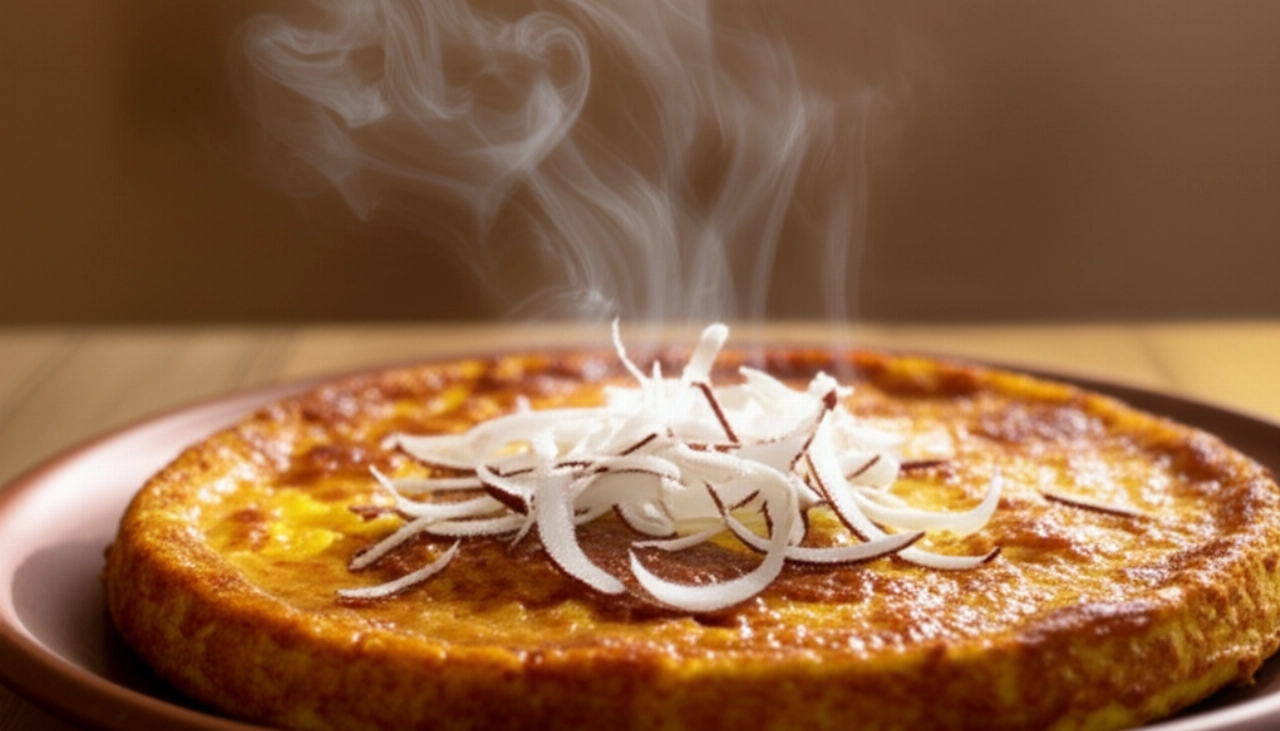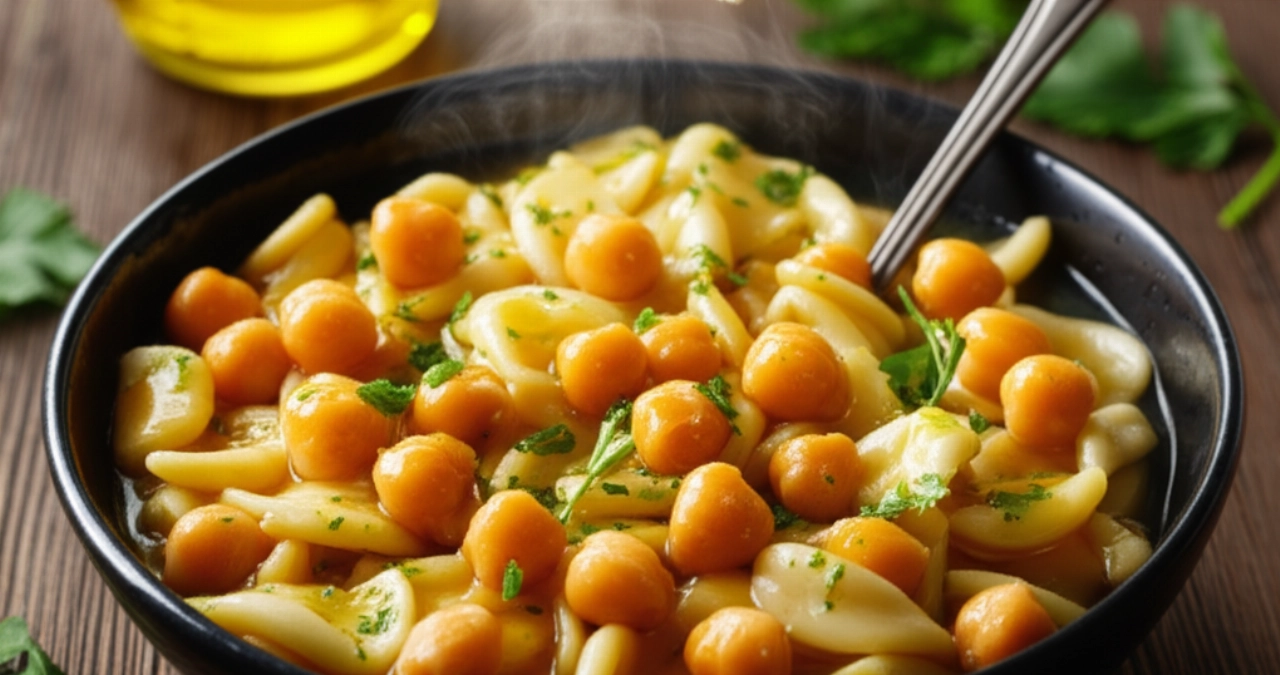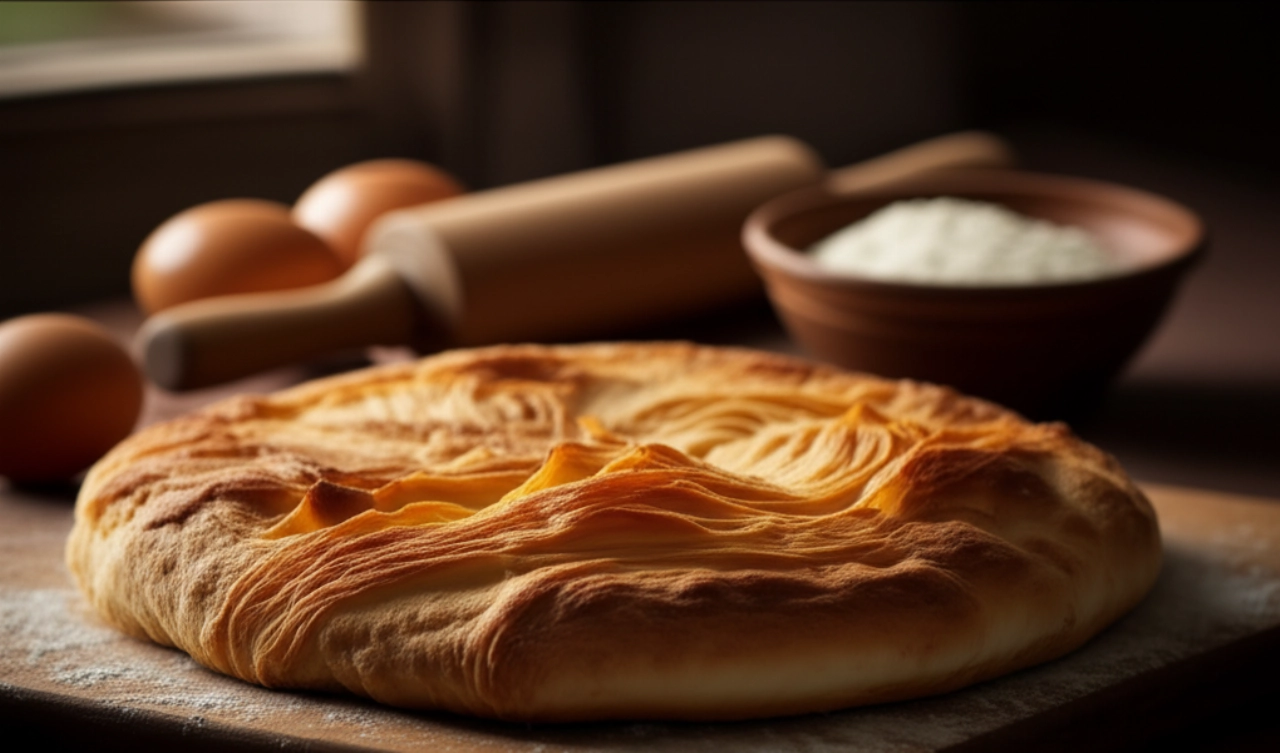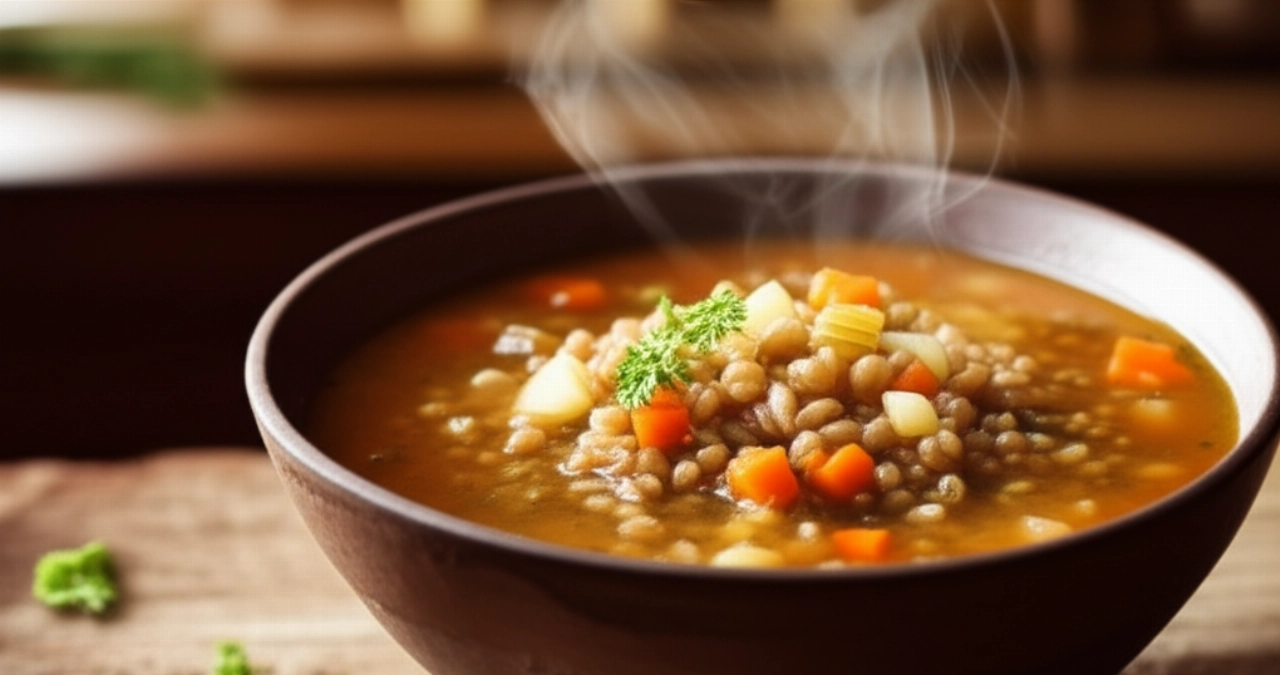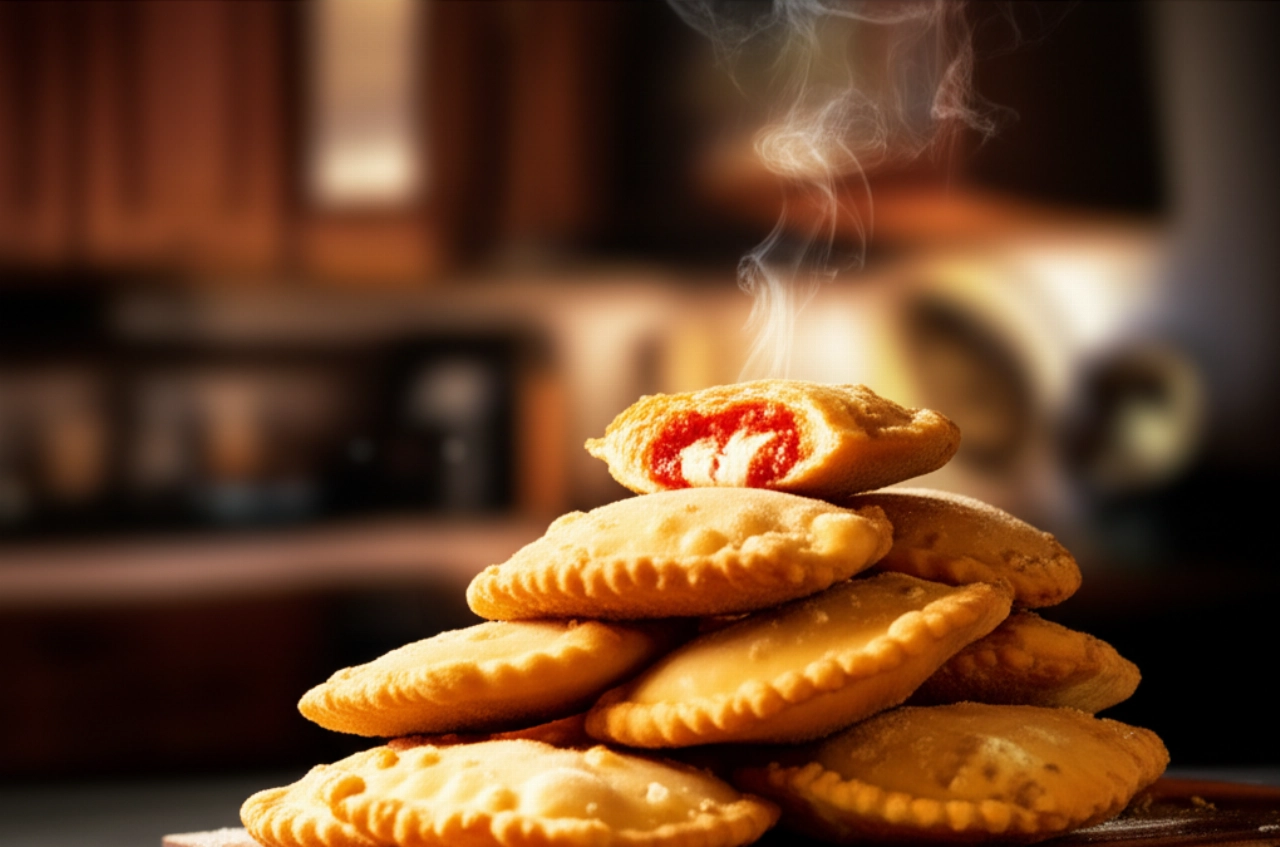Can you already smell home, that comforting warmth that only a traditional dish can give? Lagane and chickpeas are not just a first course; they are a journey into the heart of Lucanian cuisine, an ode to simplicity and authentic flavor that tastes of earth and history. Perhaps you've always thought that preparing fresh pasta was a chef's endeavor, or that finding the 'true' Lagane and chickpeas recipe was impossible, amidst a thousand versions and doubts about success.
But fear not! Here at Search Recipes, your trusted 'grandma chef,' I will reveal every secret to bring to your table a dish that is not just food, but an embrace, a piece of history. I guarantee such success that you'll think: 'This is the only recipe I'll ever need!' Forget performance anxiety or the fear of wasting precious ingredients. With my step-by-step guide, you'll get a dish of comfort food that will warm your heart and make anyone who tastes it say 'Wow!' Get ready to rediscover the taste of true peasant tradition.
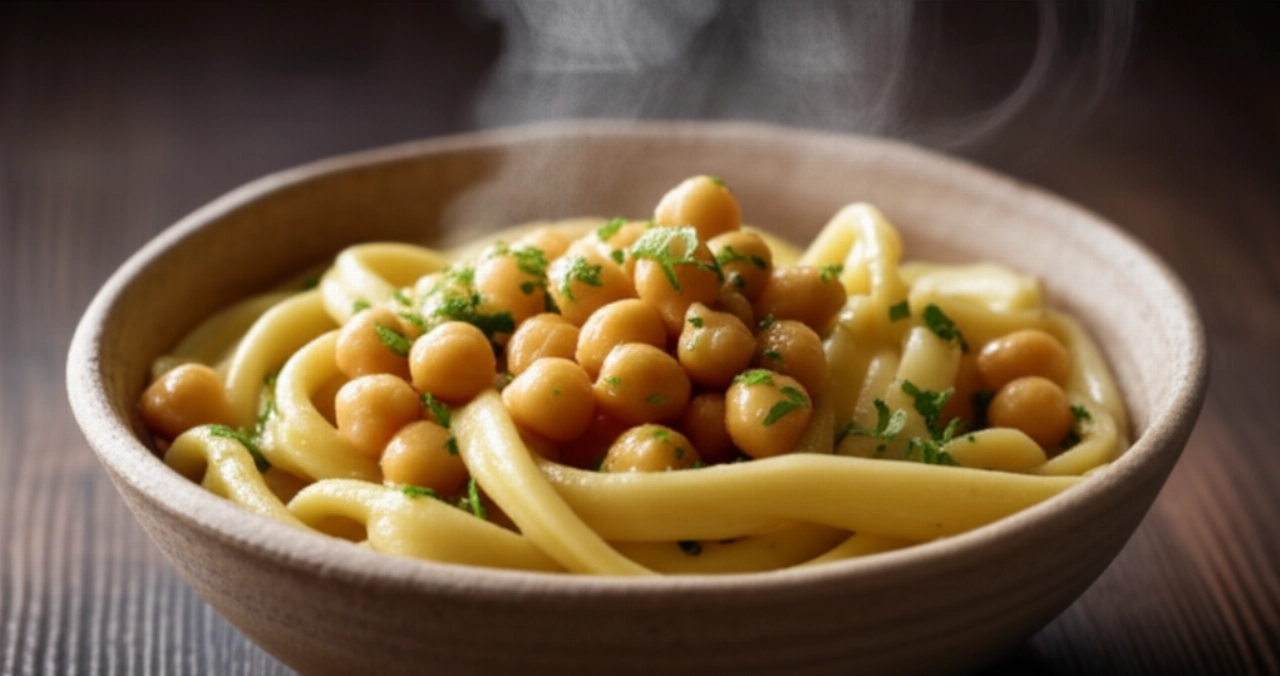
Smart Ingredients: The Choice That Makes the Difference
For such a simple dish, ingredient quality is everything. It's not just a list, but conscious choices that will make the difference between a good dish and a masterpiece.
- For the Lagane (Fresh Pasta):
- 250 g Durum wheat re-milled semolina: This is the queen flour for pasta in Southern Italy. Its fine granulation and the strength of durum wheat guarantee an elastic pasta that holds its shape well during cooking and absorbs sauce divinely. Do not use 00 flour; you won't get the same consistency and hold.
- Approx. 125 ml Warm water: The water should be warm to help the semolina hydrate better and to form a smooth, homogeneous dough. The quantity is indicative; you might need a little more or less, depending on the flour's humidity.
- A pinch of Salt: To flavor the dough.
- For the Chickpeas:
- 250 g Dried chickpeas: This is the secret to a deep flavor and perfect consistency. Canned pre-cooked chickpeas are convenient, but they will never give you the same intensity and that slight floury texture that pairs so well with lagane. Remember to soak them for at least 12 hours!
- 2 cloves Garlic: Whole or lightly crushed, for a delicate aroma that doesn't overpower the chickpeas' flavor.
- 1 sprig fresh Rosemary: Rosemary is the aromatic soul of chickpeas. Don't skimp, but don't overdo it.
- 1 Bay leaf (optional): Adds a balsamic note and aids in the digestion of legumes.
- Dried chili pepper (to taste): For that touch of liveliness typical of Basilicata. Adjust according to your taste.
- Quality Extra Virgin Olive Oil: The base of any good soffritto and the final seasoning. Choose a medium fruity oil that enhances without overpowering.
- Salt and Black pepper: To balance the flavors.
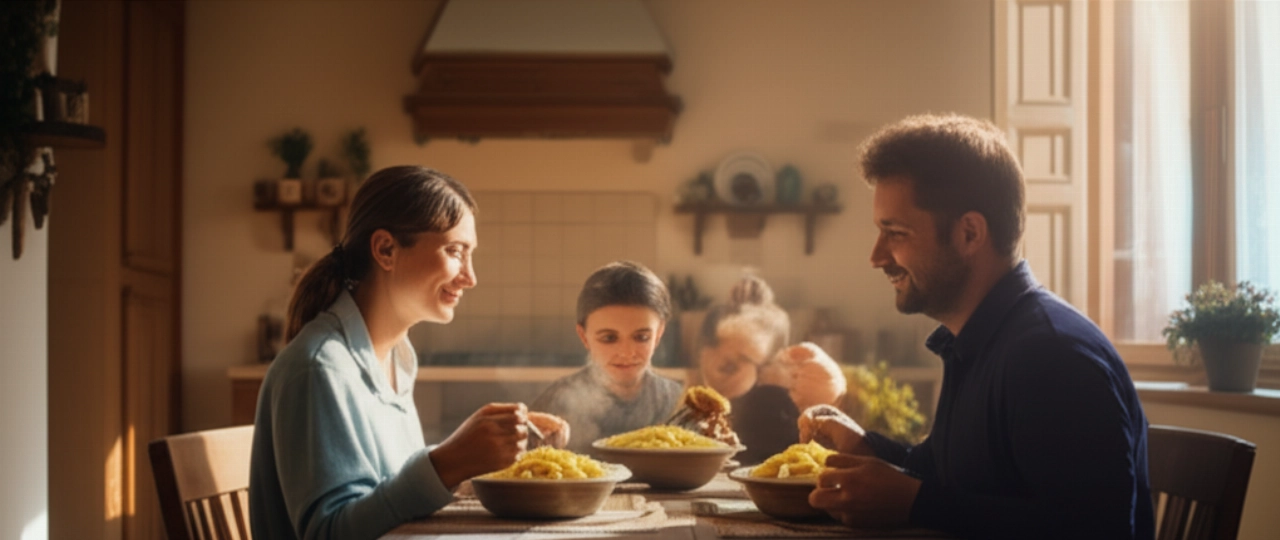
Mistakes to Avoid with Lagane and Chickpeas (and How to Prevent Them)
Even the simplest dishes hide pitfalls. But don't worry, your 'grandma chef' is here to protect you from every common mistake, guaranteeing you a flawless result.
- 1. Not Soaking Chickpeas Correctly: If chickpeas are not soaked for at least 12 hours (preferably 24, changing the water a couple of times), they will remain hard and require biblical cooking times. Additionally, soaking makes them more digestible. The trick: add a pinch of baking soda to the soaking water to soften them further, but rinse them very well before cooking.
- 2. Lagane Dough Too Hard or Too Soft: A dough that's too dry will make the lagane crumbly and difficult to roll out; one that's too soft will make them stick and lose consistency during cooking. The trick: Add water little by little, kneading patiently. The dough should be firm but elastic, not sticky. If it's too dry, add a teaspoon of water; if too soft, a pinch of semolina.
- 3. Cooking Chickpeas Too Quickly or on Too High Heat: Chickpeas, like all legumes, love slow and gentle cooking. Too high a flame will make them split and they won't absorb flavors well. The trick: Cook them over very low heat, just barely simmering, and do not add salt at the beginning of cooking, otherwise they will harden. Salt them only at the end of cooking.
- 4. Not Resting the Dough: After kneading the lagane dough, it's essential to let it rest. This allows the gluten to relax, making the pasta more elastic and easier to roll out, preventing it from breaking or shrinking. The trick: Wrap the dough in plastic wrap and let it rest at room temperature for at least 30 minutes.
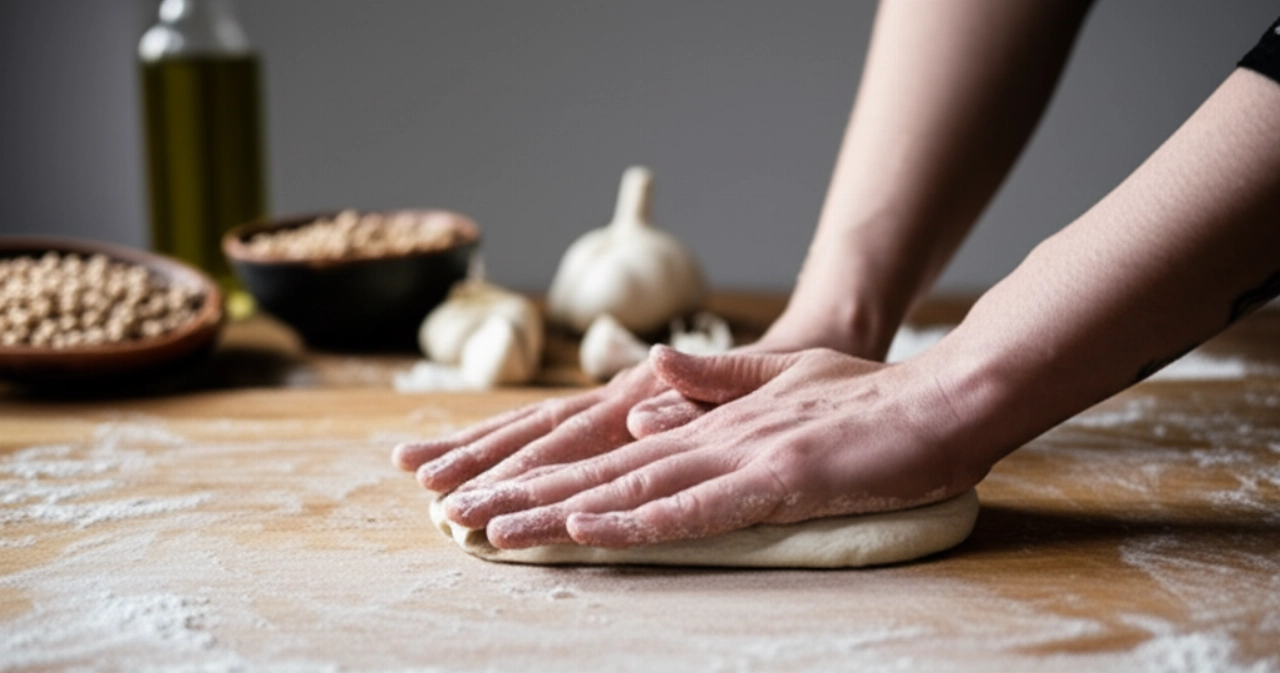
Grandma's Secret: The Touch That Makes Lagane and Chickpeas Unforgettable
My grandma, when she prepared Lagane and chickpeas, had a ritual. It wasn't just cooking; it was an act of love. She always told me: “Grandchild, the lagane feel the hands of whoever kneads them, and the chickpeas sing when they cook slowly.” Her secret wasn't a secret ingredient, but patience and attention to detail.
A trick she passed down to me is to mash a small portion of the cooked chickpeas directly in the pot, before adding the lagane. Not all of them, just a ladleful. This creates a natural creaminess, a starch that binds the sauce and makes it more enveloping, without the need for thickeners. It's that rustic and authentic touch that transforms a good dish into an unforgettable experience, a true taste of home. Try it and you'll feel the difference!
Let's Prepare Lagane and Chickpeas Together: The Step-by-Step Guide
For the Fresh Pasta (The Lagane)
- Prepare the Dough: On a pastry board, pour the re-milled semolina into a well. In the center, add the pinch of salt and the warm water, a little at a time. Begin to mix with a fork, incorporating the flour from the edges.
- Knead with Love: When the dough starts to take shape, work it vigorously with your hands for at least 10-15 minutes. You need to obtain a smooth, firm, and elastic ball of dough. Don't rush; this step is fundamental for the success of the lagane.
- Let it Rest: Wrap the dough ball in plastic wrap and let it rest at room temperature for at least 30 minutes. This will allow the gluten to relax and make the pasta easier to roll out.
- Roll and Cut the Lagane: Take the dough again and, with a rolling pin (or a pasta machine), roll it out into a thin sheet, but not too thin (about 1-2 mm). The shape doesn't have to be perfect; in fact, their irregularity is part of their charm! Cut the sheet into strips about 2-3 cm wide and 5-7 cm long. You can also cut them into rhombuses or more rustic shapes. Lightly flour them with more semolina to prevent sticking.
For the Chickpea Sauce
- Soak and Cook the Chickpeas: Remember to have soaked the dried chickpeas for at least 12-24 hours. After soaking, rinse them very well under running water. Place them in a large pot with plenty of cold water, the garlic cloves, the sprig of rosemary, and the bay leaf (if using). Bring to a boil and then reduce the heat to minimum. Cook slowly for about 1.5-2 hours, or until they are tender but still firm. At the end of cooking, salt them.
- Prepare the Soffritto: In a large saucepan (preferably earthenware, for more uniform cooking), pour a generous drizzle of EVO oil. Add the other garlic clove (if you want a more intense flavor), the chili pepper, and, if you like, another small piece of rosemary. Sauté gently until the garlic is golden and fragrant.
- Add the Chickpeas: Drain the chickpeas (saving their cooking water, it's precious!) and transfer them to the saucepan with the soffritto. Let them flavor for a few minutes, stirring gently.
- Create the Creamy Base (Grandma's Secret): Take a ladleful of chickpeas and roughly mash them with a fork directly in the saucepan. This will create a creamy base that will bind the sauce.
- Add the Cooking Water: Pour a couple of ladles of the chickpeas' cooking water into the saucepan. This will help create a thick and flavorful sauce. Let it simmer over low heat.
To Finish and Serve
- Cook the Lagane: Bring plenty of salted water to a boil in a separate pot. Drop in the lagane and cook them for a few minutes (2-4 minutes, depending on thickness). Fresh lagane cook very quickly!
- Perfect Finishing: With a slotted spoon, drain the lagane directly into the saucepan with the chickpeas and their sauce. Add another ladle of pasta cooking water, if necessary, to make everything creamier.
- Combine and Serve: Gently stir to combine all the flavors well. Turn off the heat, add a drizzle of raw EVO oil and a grind of fresh pepper. Serve the Lagane and chickpeas piping hot, perhaps with another sprig of rosemary for garnish.
Tips and Frequently Asked Questions about Lagane and Chickpeas
I know you might still have some doubts. Here are the answers to the most common questions, to clear any uncertainty and make you feel even more confident in the kitchen.
Can I use pre-cooked chickpeas?
Yes, you can use canned pre-cooked chickpeas to shorten cooking times, but the flavor and texture won't be the same as dried chickpeas. If you use them, rinse them very well under running water to remove the preserving liquid and add them to the soffritto with a little of their water (or vegetable broth) to flavor them.
How can I store fresh lagane?
After cutting and lightly flouring them, you can arrange them on a floured tray and cover them with a clean cloth. They can be stored in the refrigerator for 1-2 days. If you want to store them longer, you can freeze them: arrange them on a tray without overlapping, freeze them, and once hard, transfer them to a food bag. They cook directly from frozen in boiling water.
Can I freeze the prepared lagane and chickpeas?
Yes, you can freeze the prepared dish, but the pasta might lose some consistency once thawed. I recommend freezing the cooked chickpeas separately and preparing the fresh lagane at the moment, or cooking them al dente and adding them to the chickpeas only after they have been thawed and reheated.
My pasta breaks during cooking, why?
There can be several reasons: the dough might be too dry and not sufficiently hydrated, or you might have rolled it out too thin. Make sure to knead well and let the dough rest. Also, don't overcook them; fresh lagane cook in just a few minutes.
Can I make the dish richer?
Certainly! Although the traditional recipe is a poor man's dish, you can enrich it by adding crispy pancetta or guanciale to the soffritto, or with a bit of crushed peeled tomatoes for a redder and more full-bodied sauce. But I assure you that the simple version is already a masterpiece!
There you have it! Now you don't just have a recipe, but all the secrets to bring to your table a dish that tastes of home, of peasant tradition, and of love. Lagane and chickpeas are true comfort food, an experience that nourishes the body and soul.
Don't be afraid to experiment. Cooking is an act of creativity and generosity. But start with this solid and foolproof base, and you'll see that applause won't be lacking. The aroma that will emanate from your kitchen will be the first reward!
Have you tried our recipe? We're very curious to see your masterpiece! Leave a comment below, tell us how it went, or share a photo on Instagram tagging @CercaRicette.it. If you loved this journey into authentic flavor, you can't miss our recipe for Homemade Fresh Pasta to better master the art of lagane, or our guide on How to Cook Legumes to Perfection. And if you're looking for another heartwarming dish, try our Bean and Vegetable Soup. See you at the next recipe!
